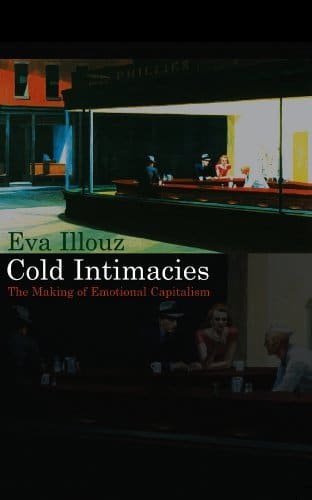Melvyn Minnaar: The real value of things
By Melvyn Minnaar, 5 February 2020

1
As a sometime art commentator, the invasion of money into an industry where aesthetics, originality and invention were measures of worth and value has been a depressing experience for me over the past decade or three.
As a long-time wine aficionado, I clutch my heart at how the same paradigm has distorted our perception of wine pleasure.
What exactly is the message when local bottles go on sale at R1 000 and more? Hubris may work as a pre-emptive marketing strategy, but does it contribute to the complicated evaluation of the wine inside? Is it simply enough to say “Aha, this wine is so good, I’ll pay R1 000 for a bottle?”
At the risk of falling into a trap of snobbery, I suggest that art and wine, in the best manner and production, hold onto something beyond immediate sensual experience. “Something money can’t buy” if you will.
In art, this “something” was the custodianship of academic and museum expertise – now overrun by the monetary power behind populist art fairs and auctions (around the corner in the Cape, as we speak).
Wine, too, had a time of revered erudition. These days fees, scores, competitions, and, yes, auctions make up the murky mix.
Add the free-wheeling populism of modern communication and the order of things collapse.
Who does a newbie wine drinker turn to when experience, knowledge and proficiency are held ransom to all the above?
The problem with capitalist cultural hegemony is that it is terribly contagious and negatively disruptive, to use a millennial meme.
 In 2007, the sociologist Eva Illouz’s book Cold Intimacies: The Making of Emotional Capitalism formulated the shrewd manner in which “emotional capital” had usurped the sensual and cerebral human fields of what used to be regarded as personal and individual.
In 2007, the sociologist Eva Illouz’s book Cold Intimacies: The Making of Emotional Capitalism formulated the shrewd manner in which “emotional capital” had usurped the sensual and cerebral human fields of what used to be regarded as personal and individual.
“She argues that economic relations have become deeply emotional, while close, intimate relationships have become increasingly defined by economic and political models of bargaining, exchange, and equity,” reads the book’s blurb.
In other words, those once precious intimate feelings we treasured individually are now currency, exploited in the “market” – as is much of today’s high-end art and, yes, wine.
It is fairly easy to see how emotional capitalism fits into this cultural entanglement of art and wine: art is supposed to evoke emotional/cerebral response; wine provides pleasure. These are usually, by definition, experienced in the personal domain.
It’s an easy-open playfield for skilled marketing and propaganda because art and wine cannot be negotiated in purely objective (scientific, logical) terms. No matter how precise judging can be on technical issues, there is always something about both art and wine that taps into the personal, the hard to describe or explain. And yet there has often been astonishing consensus about worth and value – call it a kind of cultured gentleman’s agreement.
But what is happening now in the exploitation of emotional capitalism through manipulation of increasing ‘easy’ mass social media is that that hierarchy is undermined.
The shift from the voices of ‘experts’ to the opinions of everyman-on-twitter has changed the landscapes for both wine and art. At the same time, a new breed of judges has emerged who play the media landscape with eye-catching flamboyance.
The ridiculous 100-point system that we’ve all fallen addicted to (it creates a delicious buzz, doesn’t it?), together with eye-watering price tags (great for media exposure) are but the most obvious symptoms of how emotional capitalism has invaded the playfield – of the sussed individual, of the singular aesthetic experience, of the opportunity to truly experience the pleasures of wine and art, and how it disrupted that wondrous consensus that can’t always be clearly defined about worth, value and importance.
- Melvyn Minnaar has written about art and wine for various local and international publications over the years. The creativity that underpins these subjects is an enduring personal passion. He has served on a few “cultural committees”.
Attention: Articles like this take time and effort to create. We need your support to make our work possible. To make a financial contribution, click here. Invoice available upon request – contact info@winemag.co.za







Sediment | 5 February 2020
spot on. it is partly a situation of the emperors clothing and poor uncreative cognition on the one hand and self interest and promotion on the other.
one is perceived to have more money than sense if you pay more than R1000 for a South African wine and at the same time it is perfectly reasonable to pay many multiples of that for a French wine. how is that for a cultural cringe.